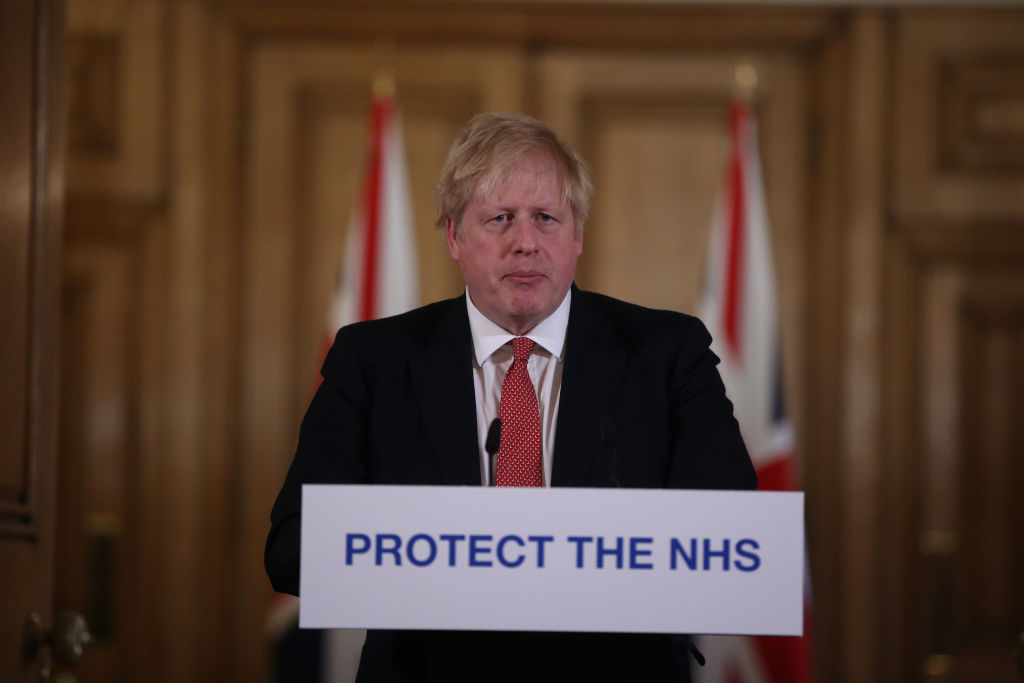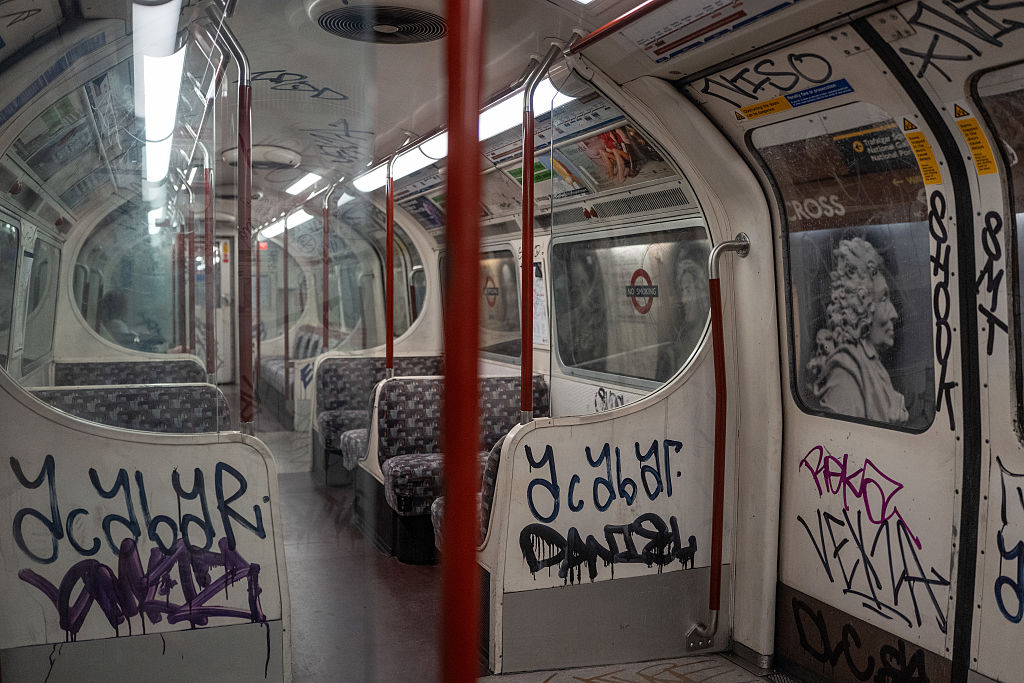The economic, and social, damage being caused by coronavirus is becoming clearer by the day. In the UK, we had the news on Wednesday that 850,000 more people than usual have applied for universal credit in the past two weeks. Across the Atlantic, the number of jobs lost in the last few week is approaching 10 million — that’s more than were lost in the Great Depression.
This economic news underlines the need for an ‘exit strategy’ from this crisis. The lockdown is right at the moment; it appears to be the least-worst way to keep this virus within the National Health Service’s capacity to deal with it and so save lives. But, equally, it is clear that if this lockdown goes on until the fall, then the unemployment rate will have risen to a shockingly high level and we will be on track to be a permanently poorer country. This will lead to more deaths in future as we won’t be able to afford the level of healthcare that we currently have.
One exit strategy — being pushed by Jeremy Hunt in particular — is a ‘test and trace’ approach akin to the one they have taken in South Korea. There are two challenges with this. First, it would require an increase in testing that the government hasn’t so far been capable of delivering. Even if the government can hit Matt Hancock’s 100,000 tests a day by the end of the month, that would still not be sufficient to allow for the kind of ‘community testing’ that would be needed for this approach. Second, it would require people to accept intrusions into their privacy that many would be uncomfortable with: do you want a government backed app on your phone tracking where you go and who you meet?
Another option is to increase the NHS’s capacity significantly — something which is beginning to happen with the various Nightingale hospitals — and then as the number of cases begins to fall significantly, gradually ease off the restrictions while continuing to help those who are vulnerable shield themselves. For instance, non-essential work could be allowed to resume long before pubs are allowed to reopen. An antibody test might allow those who have had the virus to resume something approaching normal life before those who have not had it. Schools might return shortly before the end of the summer term.
Those in government who advocate this approach think that it could avoid a situation where hospitals are overrun but also prevent a worst-case economic scenario.
One of the factors determining which course the UK goes down will be what happens in Wuhan now that the restrictions are being eased. If there is a second wave of the virus there, it will strengthen the case for a ‘test and trace’ approach.
Another key factor will be public opinion. In the same way that public opinion added to the pressure on the government to make social distancing mandatory, it could add to the demands that the restrictions should be eased. Public opinion is not going to be in favor of easing the restrictions while the death toll is so horribly high. But if the daily numbers of deaths start to fall significantly in, say, a month’s time, then there might be public pressure for some of these restrictions to be lifted.
This article was originally published onThe Spectato
r’s UK website.

























